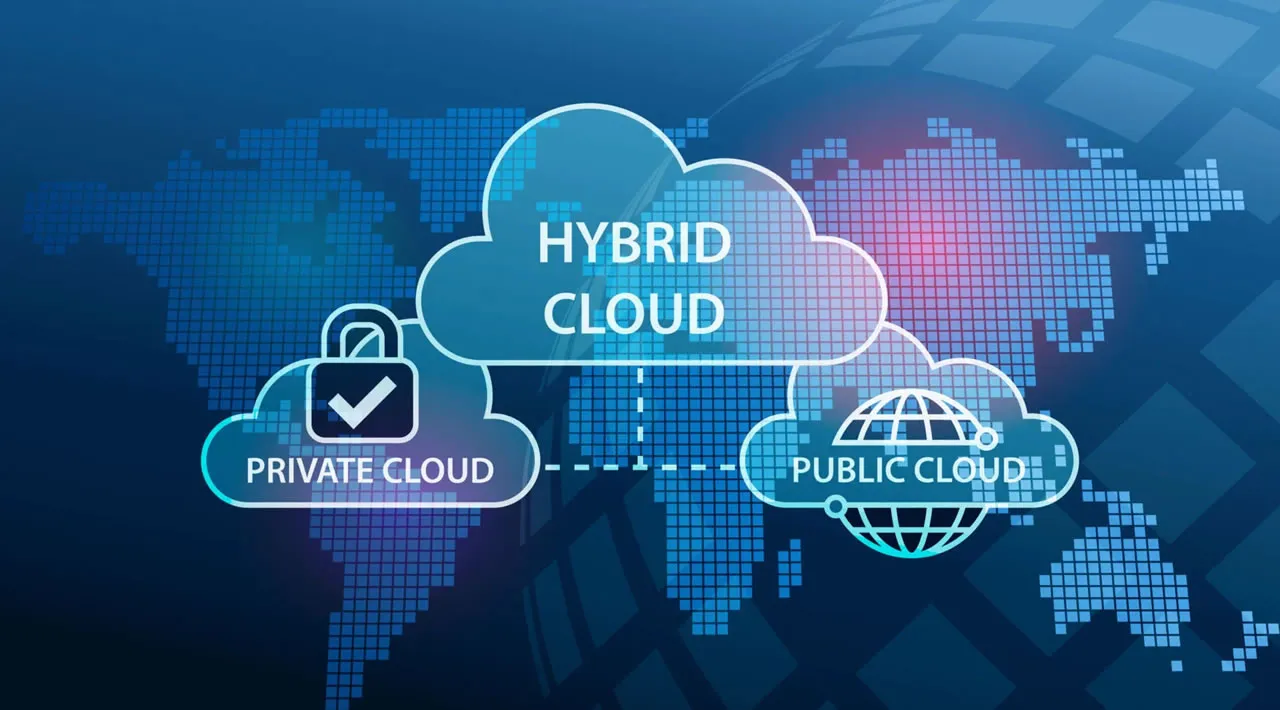A hybrid cloud is a cost-effective cloud solution that offers high flexibility, reliability, and performance. The adoption of hybrid cloud comes with some challenges, though. Most issues happen during the initial cloud setup, so solving these problems early on is a priority.
This article examines the 11 most common challenges of hybrid cloud adoption. We also explain how businesses should overcome these problems and improve their hybrid cloud environment.
Why Companies Choose Hybrid Cloud Solutions
A hybrid cloud is a combination of two or more cloud and on-premises infrastructures. A hybrid solution can include any mix of:
- Public clouds
- Private clouds
- Community clouds
- Virtual private clouds (VPCs)
- Dedicated servers
Every component within a hybrid cloud is a separate system with its security, access controls, and operators. While more complex than private and public solutions, hybrid cloud offers vital business benefits:
- Budget-friendly: A hybrid solution keeps costs low by using a public cloud for most workflows.
- Flexibility: The hybrid model enables companies to create custom solutions that fit their needs perfectly.
- Security: Segmented storages and workflows protect the data flowing through the hybrid system.
- Scalability: A hybrid system provides the necessary resources on short notice due to its use of the public cloud.
- More agility: A hybrid setup helps companies improve their speed to market by optimizing IT performance.
Hybrid cloud is the most popular cloud deployment model on the market. Hybrid infrastructure enables a company to store vital data on a private cloud and non-essential data on a public one. This setup maintains high performance even if the company has massive amounts of data and workloads.
#cloud computing #cloud #hybrid cloud
